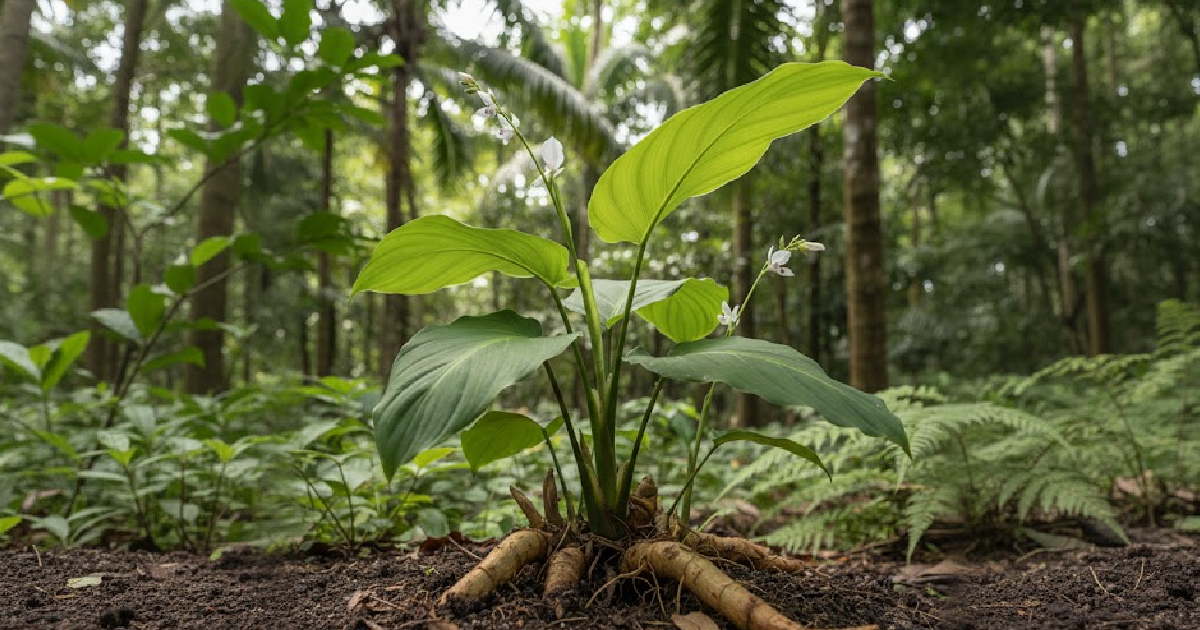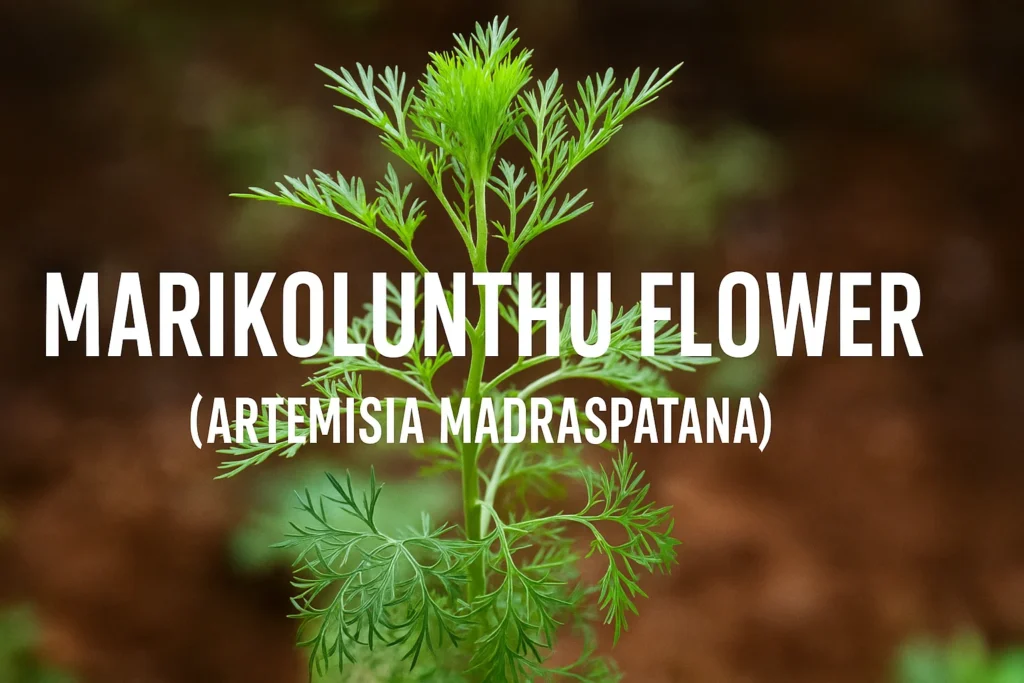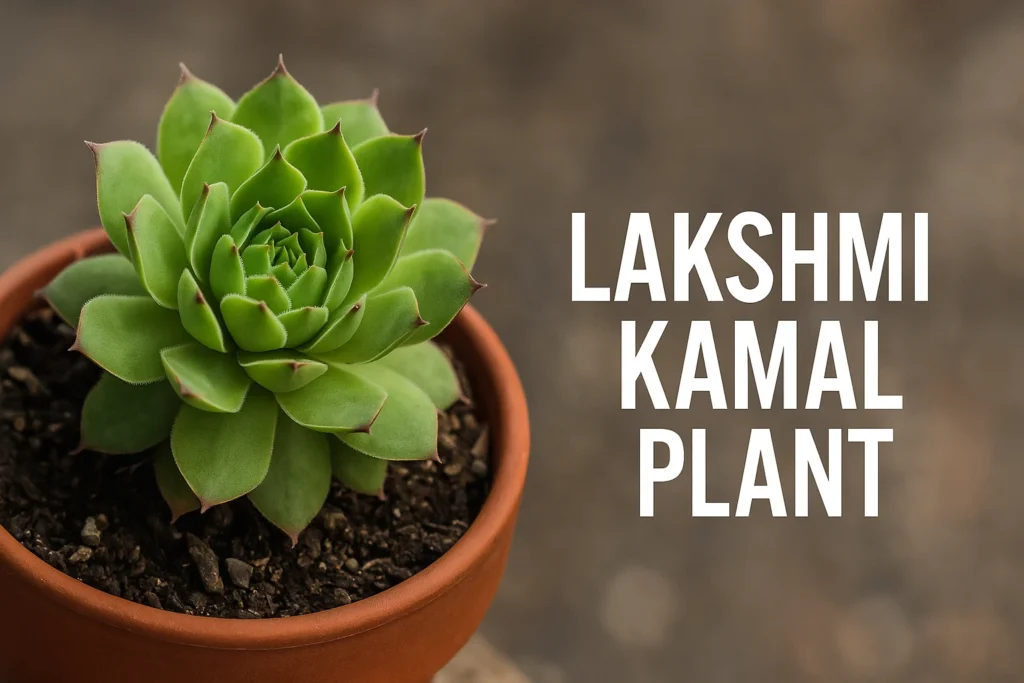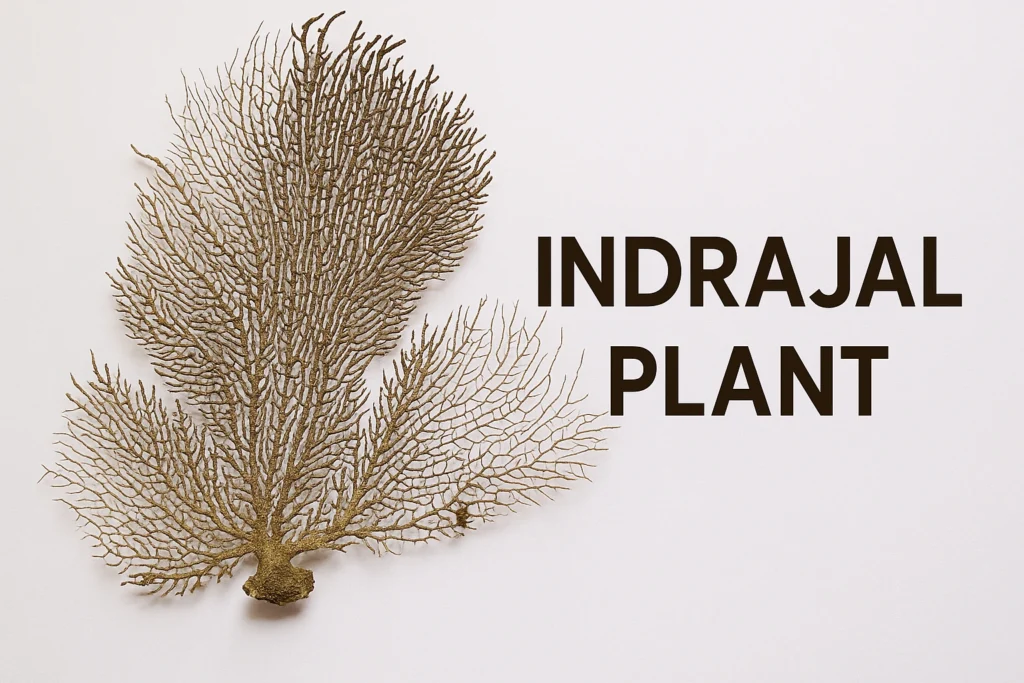If you’ve ever come across a fine white powder used to thicken soups, sauces, or baby food, you’ve likely encountered arrowroot plant, which comes from the tuber of Maranta arundinacea. This plant has been valued for centuries for its light, easily digestible starch and natural health benefits. Beyond the kitchen, arrowroot has also made a place in traditional remedies and household uses. Let’s explore what arrowroot really is, its Hindi meaning, and why it continues to be relevant today.
What is Maranta Arundinacea (Arrowroot Plant)?
The arrowroot plant, scientifically called Maranta arundinacea, is a perennial herb native to South America, especially the West Indies. It is cultivated for its underground rhizomes, which yield a starchy flour widely used in cooking and medicine.
Key features of the arrowroot plant:
- Grows about 1–1.5 meters tall with large, lance-shaped leaves
- Produces small white to purple flowers in clusters
- Underground rhizomes contain starch that is processed into arrowroot powder
- Prefers tropical or subtropical climates with moist, well-drained soil
The plant is both practical and ornamental, with lush green leaves that make it an attractive addition to home gardens in warm regions.
Maranta Arundinacea in Hindi
In Hindi, Maranta arundinacea is commonly referred to as अरारोट (Ararot). The Hindi name is directly associated with the white powdery starch extracted from its roots. Arrowroot powder is widely used in Indian households, often as a remedy for digestive problems and as an ingredient in traditional sweets.
It holds a place in Ayurvedic practices as well, where it is used for its cooling and soothing properties. Just like Kachnar Flower, which blends food and traditional value, arrowroot is another example of a plant that bridges health, kitchen, and culture.
Arrowroot Plant Benefits for Health
Arrowroot powder is known for its light, easily digestible qualities and is often recommended for children, elderly people, and those recovering from illness. Its natural composition makes it a safe alternative to artificial thickeners.
Key health benefits include:
- Digestive aid: Helps soothe the stomach and reduce acidity or indigestion.
- Gluten-free option: Ideal for people with gluten intolerance or celiac disease.
- Energy booster: Provides quick energy due to its easily absorbable starch.
- Baby food ingredient: Gentle on the stomach, commonly used in porridges and purees.
- Skin care: Applied in powders or pastes to calm rashes and reduce excess oil.
Much like Agnimantha Plant which is known for medicinal uses, arrowroot demonstrates how plants can play both dietary and therapeutic roles.
Culinary Uses of Arrowroot
Arrowroot is versatile in the kitchen. Because it has a neutral taste, it can be added to many recipes without changing the flavor.
Ways arrowroot is commonly used:
- Thickening agent: Added to soups, gravies, sauces, and custards for smooth texture
- Gluten-free baking: Used as a flour substitute in cakes, biscuits, and bread
- Puddings and desserts: Adds shine and consistency to sweet recipes
- Beverages: Mixed with water or milk for a cooling summer drink in many Indian households
- Home remedies: A spoonful of arrowroot drink is often given during fever or diarrhea for easy digestion
For anyone curious about experimenting with traditional flours, arrowroot fits alongside unique foods featured in guides like Exotic Vegetables in India that highlight underexplored ingredients.
How To Grow Arrowroot Plant at Home?
Arrowroot can be grown successfully in tropical or subtropical home gardens. It requires patience but can be rewarding for those interested in self-sufficiency.
Tips for growing arrowroot:
- Plant rhizomes in well-drained, fertile soil with partial to full sunlight
- Water regularly but avoid waterlogging
- Rhizomes are ready to harvest in 10–12 months when leaves start to yellow
- Clean, peel, and dry the roots before grinding into powder
Like other home garden plants such as Fruit Plants for Terrace Garden, arrowroot offers both beauty and functionality.
Traditional & Household Uses of Arrowroot
Apart from cooking, arrowroot powder has been valued in traditional medicine and household care.
- Ayurvedic cooling agent: Consumed during summers to balance body heat
- Natural remedy for wounds: Pastes were applied to soothe insect bites or minor skin irritations
- Cosmetic base: Used in natural powders for its smooth texture and oil-absorbing qualities
- Home care: Sometimes used in old recipes for laundry starching due to its fine consistency
These diverse uses reflect the versatility of arrowroot, reminding us how traditional knowledge often found practical value in everyday plants.
Arrowroot vs Other Starches
Arrowroot is often compared to cornstarch or tapioca starch. While all are thickeners, arrowroot stands apart for its digestibility and suitability for sensitive diets.
Comparison highlights:
- Arrowroot produces a glossy, clear finish when used in cooking, unlike cornstarch which can appear cloudy.
- It does not alter the flavor of dishes, making it more versatile.
- It thickens at lower temperatures, ideal for delicate recipes.
For those who enjoy comparing nutritional aspects of different foods, posts like Lettuce vs Other Vegetables provide similar side-by-side insights.
Wrapping Up
The arrowroot plant (Maranta arundinacea) is more than just a culinary thickener. It is a gentle, nutritious, and multipurpose gift from nature with applications in food, wellness, and household care. Whether you use it as a flour substitute, a digestive aid, or a natural skincare remedy, arrowroot proves its value across generations. By cultivating awareness of such plants, we carry forward traditions while embracing healthier, natural choices.
Frequently Asked Questions (FAQs)
What is arrowroot?
Arrowroot is a starch extracted from the rhizomes of the Maranta arundinacea plant. It is used in cooking, medicine, and home remedies.
Is arrowroot good for digestion? Yes, arrowroot is easily digestible and often given to children, elderly people, or those recovering from illness to soothe the stomach.
Can arrowroot replace cornstarch in cooking?
Absolutely. Arrowroot is an excellent gluten-free alternative to cornstarch and offers a clear, glossy texture in recipes.
What are the benefits of arrowroot powder for skin?
It absorbs oil, soothes rashes, and is often used in natural powders and skincare remedies for its calming effect.
How do you grow arrowroot at home?
Plant rhizomes in moist, fertile soil with good drainage. Provide regular watering and harvest roots after about 10 months once the leaves turn yellow.













